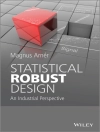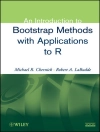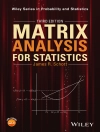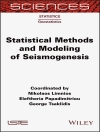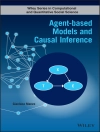The change-point problem has attracted many statistical researchers and practitioners during the last few decades. Here, we only concentrate on the sequential change-point problem. Starting from the Shewhart chart with app- cations to quality control [see Shewhart (1931)], several monitoring procedures have been developed for a quick detection of change. The three most studied monitoring procedures are the CUSUM procedure [Page (1954)], the EWMA procedure [Roberts (1959)] and the Shiryayev?Roberts procedure [Shiryayev (1963) and Roberts (1966)]. Extensive studies have been conducted on the p- formancesofthesemonitoringproceduresandcomparisonsintermsofthedelay detection time. Lai (1995) made a review on the state of the art on these charts and proposed several possible generalizations in order to detect a change in the case of the unknown post-change parameter case. In particular, a wind- limited version of the generalized likelihood ratio testing procedure studied by Siegmund and Venkatraman (1993) is proposed for a more practical treatment even when the observations are correlated. In this work, our main emphasis is on the inference problem for the chan- point and the post-change parameters after a signal of change is made. More speci?cally, due to its convenient form and statistical properties, most d- cussions are concentrated on the CUSUM procedure. Our goal is to provide some quantitative evaluations on the statistical properties of estimators for the change-point and the post-change parameters.
Tabla de materias
CUSUM Procedure.- Change-Point Estimation.- Confidence Interval for Change-Point.- Inference for Post-Change Mean.- Estimation After False Signal.- Inference with Change in Variance.- Sequential Classification and Segmentation.- An Adaptive CUSUM Procedure.- Dependent Observation Case.- Other Methods and Remarks.







